Iran has long influenced the Middle East through the deployment of short ranged rockets and rocket artillery. They represent an important part of its aggressive diplomacy, as well as actual kinetic efforts to control regional dynamics.
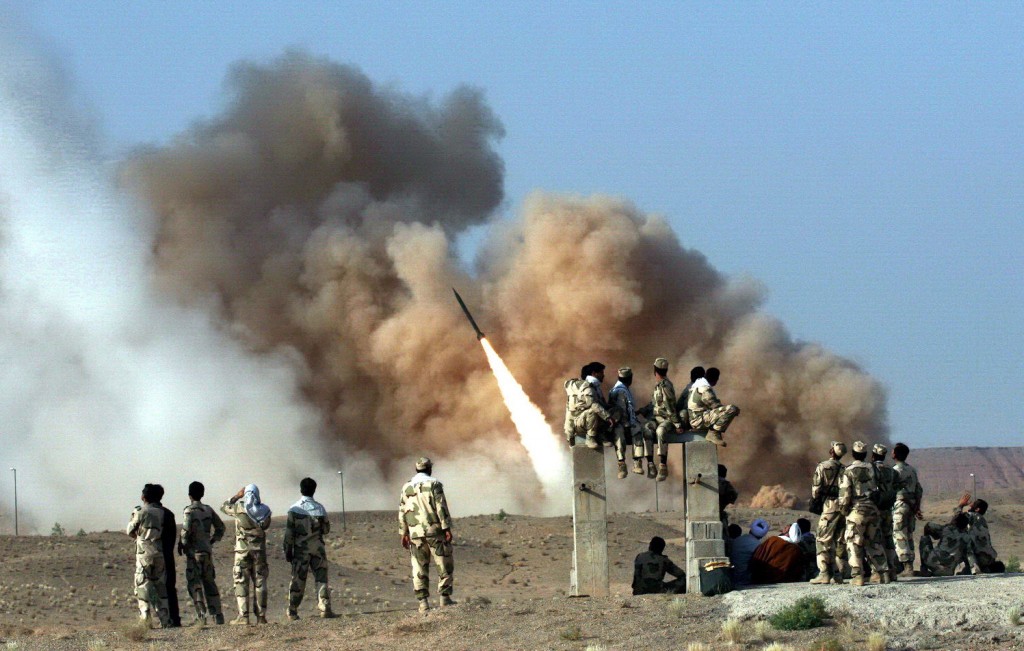
Iran’s short-ranged rockets, missiles, and rocket artillery give it several powers.
Conventionally, these weapons to some degree allow it to counterbalance American and regional air power advantages by providing a highly mobile fires capability that is difficult to destroy by air. In the same way that Saddam Hussein’s “SCUD-boxes” allowed him to strike at American bases and region allies during the Gulf War, this allows Iran to field the threat of regional punishment in the event of strikes on its territory.
Because of the narrow Strait of Hormuz through which so much of the world’s oil passes, even short-ranged missiles are sufficient to allow Iran to exert serious global pressure in the event of a war.
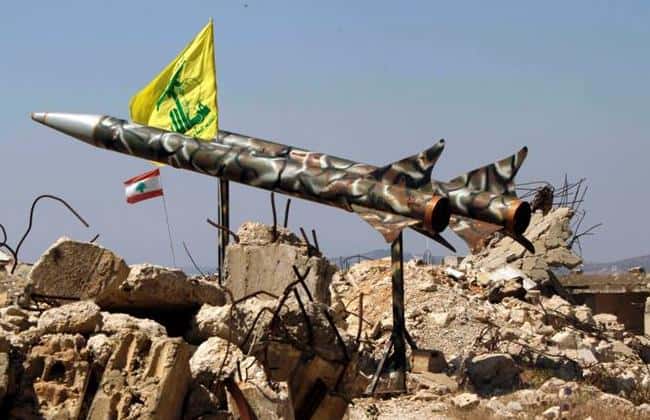
Iran has not used these weapons in merely conventional ways, however. During the Iraq War it deployed short-ranged rockets and rocket artillery by passing them to proxy Shia militias for use against US forces. In Lebanon, Iranian-aligned Hezbollah has deployed Iranian-made rockets against Israeli targets, including civilian targets.
Iran thereby is able to strike at its enemies in a semi-deniable way, escaping the responsibility for killing American soldiers as well as Israeli civilians. Hezbollah alone claims a stockpile of a hundred thousand Iranian rockets, and reports are that it has begun to receive guided anti-ship missiles as well.
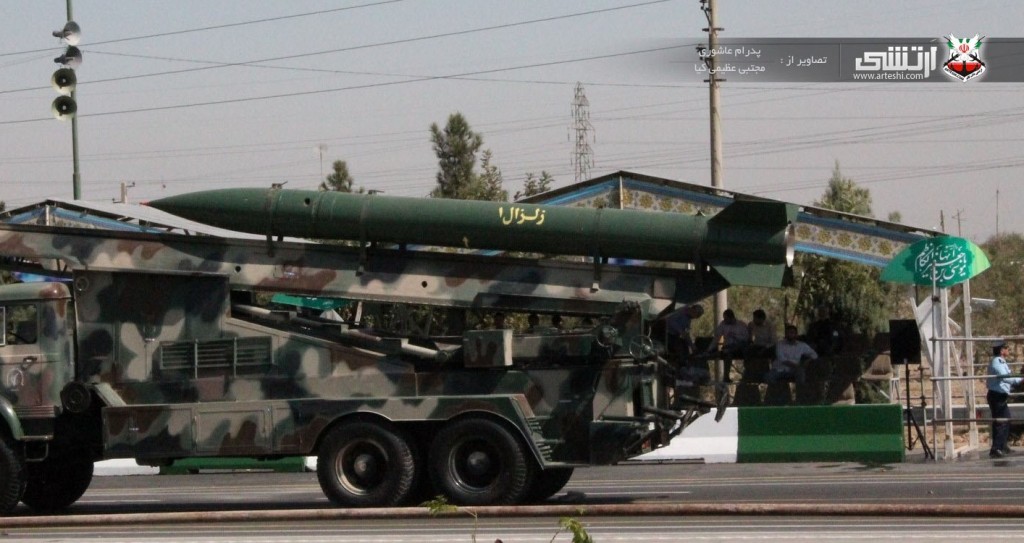
Lately Iran has been able to upgrade its formerly-inaccurate rocketry with the use of GPS technology. This has allowed them to turn their short range rockets, such as the Zelzal 2, into guided munitions.
GPS coordinates do not change, so it is easy simply to catalog the specific locations of buildings, oil terminals, shipyards, or other sensitive targets to plug into rockets later.
The development of military-grade GPS guidance systems can be adapted to heavier weapons later, giving Iran the potential for a precision nuclear strike capability as its heavier rockets come to be.
In-service Iranian weapons include the Shahab 3M series, with effective ranges given a thousand-pound payload of just over seven hundred miles.
From Iran’s own territory, that means that their umbrella covers regional targets like Riyadh, Baghdad, Damascus, the whole of Israel, Kabul, and Ankara in Turkey. Their Safir and Seijil missiles, currently under development, almost double that range, as does its now-in-production Soumar missile. This would bring Eastern European targets such as Kiev under the Iranian umbrella.
As they extend their hegemony over Iraq, however, weapons can be deployed from within that country, helping them extend their range into Europe by potentially hundreds of miles.
Iran has already deployed artillery and rocket batteries within Iraq as part of the campaign against the Islamic State, an operation that provides perfect cover for the deployment of heavier weapons on existing bases under Iranian military control.
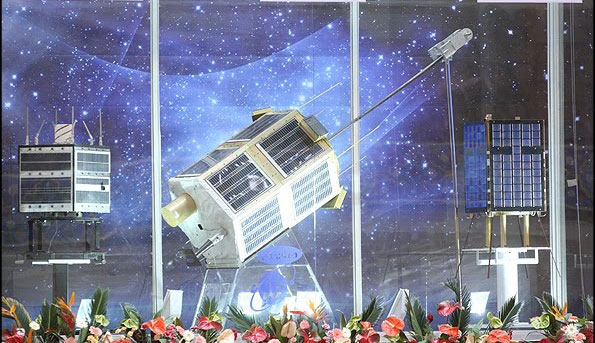
In addition to the above weapons, which are produced clearly for military purposes, Iran has been developing boosters capable of lifting cargo into orbit.
This space program also requires the ability to put missiles in accurate orbital paths in order to deliver their payloads – for now, satellites – into their precise orbits.
Though these technologies are being developed officially as civilian and peaceful technologies, exactly the same technologies are used to develop and deploy intercontinental ballistic missiles of the sort that could bring all of Europe and indeed the United States under the Iranian nuclear umbrella.
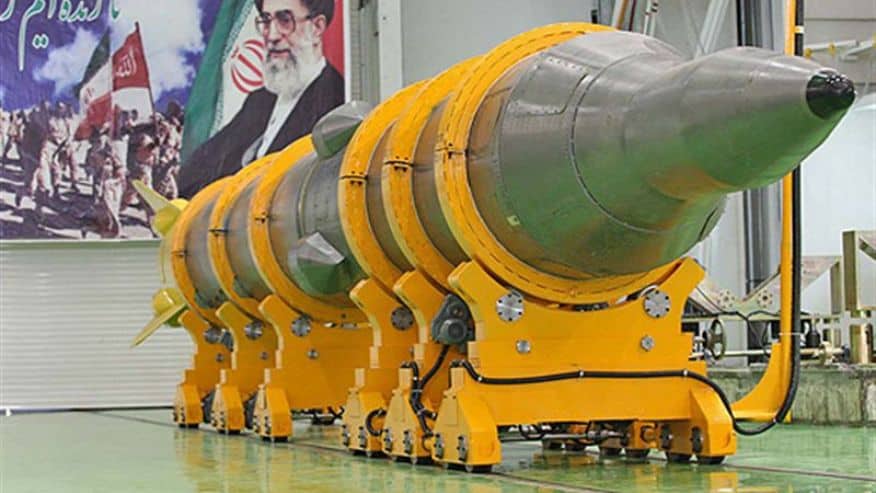
Though the GPS guidance systems provide Iran with substantial improvements in the accuracy of its warheads, for now those systems still need time to be adapted and tested with heavier weapons. Except for what is suggested by the space program’s successes, there is no indication at this time that Iran is capable of hitting precision targets with its existing rockets or missiles.
That lack of precision becomes far less important, however, in the event that Iran becomes capable of deploying nuclear weapons. A thousand-pound conventional bomb needs to be guided to a reasonably close proximity with its final target to be effective. The United States’ W80 thermonuclear warhead weighs less than 300 pounds, however, and can detonate with the force of 150 kilotons.
While Iran’s initial warheads will doubtless be less efficient than the W80, any nuclear weapon will vastly multiply the effectiveness of Iran’s long-range weapons. Time is on Iran’s side.
Both the development of nuclear weapons and the buying of time to adapt improved guidance technologies to their existing weapons will increase their effective power.
The development of nuclear weapons is the big game, but a workable agreement must also take steps to address Iran’s development and deployment of rocket, missile, and rocket artillery technologies.
They have shown no pause in transferring advanced technologies to terrorist groups, nor in seeking the deaths of American soldiers, nor in providing these weapons to those who would use them against civilian targets.
They are able to control the flow of a substantial amount of the world’s oil using guided missiles even of the short-ranged types, putting the global economy at risk in the event of war.
Negotiators should not accept agreements that do not address their missile technologies as well as their nuclear technologies.
Qassem Suleimani is the commander of Quds Force, the elite faction of Iran’s Revolutionary Guards, is a veteran of decades…
Iran has long influenced the Middle East through the deployment of short ranged rockets and rocket artillery. They represent an…